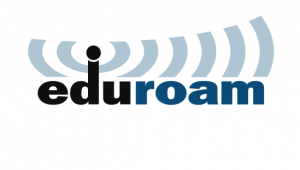 eduroam (education roaming) is an international roaming service for users in research, higher education and further education. It provides researchers, teachers and students easy and secure network access when visiting an institution other than their own. Authentication of users is performed by their home institution, using the same credentials as when they access the network locally, while authorization to access the Internet and possibly other resources is handled by the visited institution. Users do not have to pay for using eduroam.
eduroam (education roaming) is an international roaming service for users in research, higher education and further education. It provides researchers, teachers and students easy and secure network access when visiting an institution other than their own. Authentication of users is performed by their home institution, using the same credentials as when they access the network locally, while authorization to access the Internet and possibly other resources is handled by the visited institution. Users do not have to pay for using eduroam.
How does eduroam work?
eduroam is built with IEEE 802.1X (a standard for port based Network Access Control) and RADIUS (Remote Authentication Dial-In User Service).eduroam is a federated authentication service that allows participating institutions to provide access to their wireless networks to users from other eduroam participating institutions using the institutional username/password credentials they use at their home institution for wireless network access. eduroam is based on a federated authentication model where your username and password are validated by your home institution (your identity provider) and access to authorised network services is controlled by the institution you are visiting (the service provider).
Below is a video from AARNET (Australia) that explains about eduroam.

